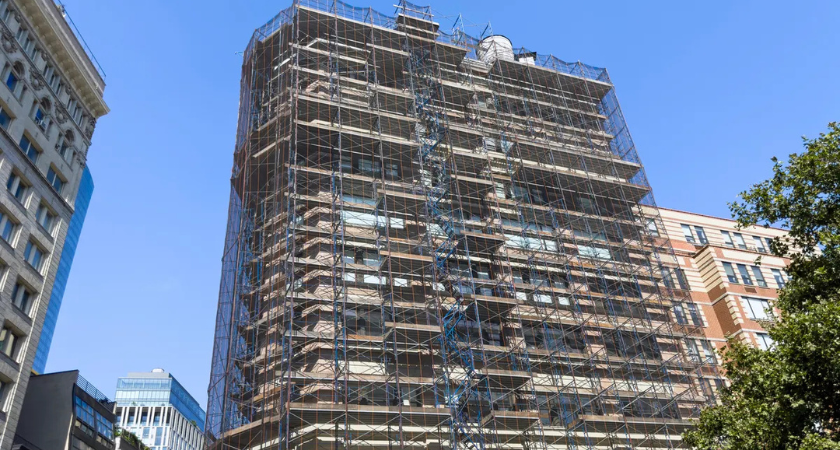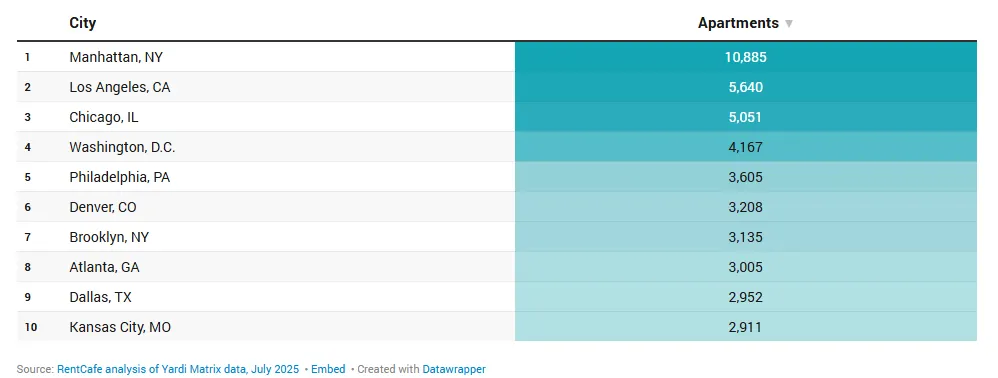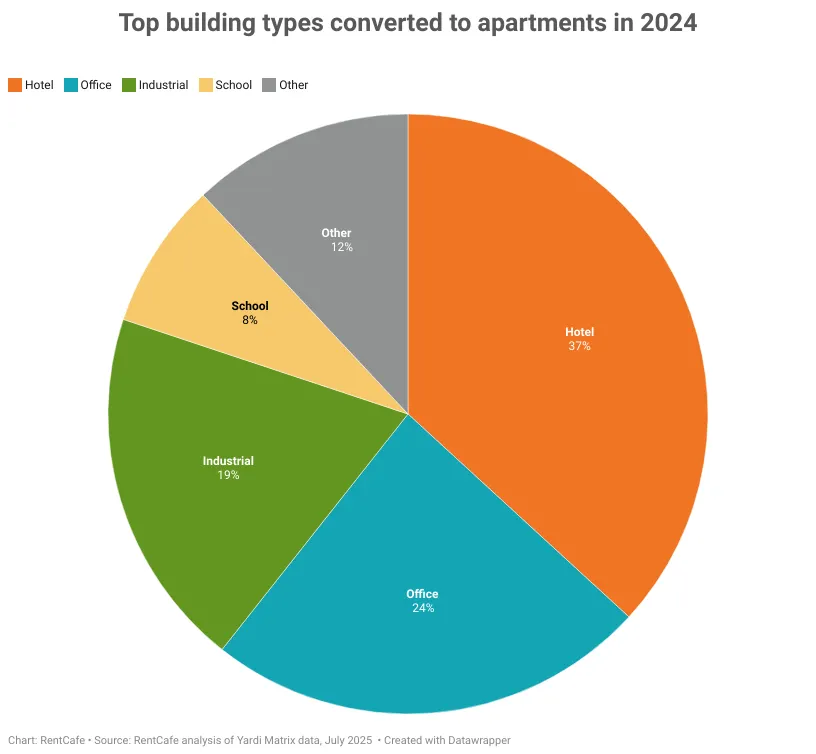
Adaptive reuse is rapidly reshaping the U.S. housing market, as apartment conversion projects surged to record levels in 2024, according to a recent report from RentCafe. Nationwide, nearly 25,000 apartments created through conversions were delivered last year — a 50% jump from 2023 and twice as many as in 2022.

Today, developers are working on 180,585 additional conversion units, the highest total on record. Most of these upcoming apartments are being transformed from former office properties, as cities continue adapting to post-pandemic shifts in real estate demand, the report states.
The acceleration in conversions reflects widespread redevelopment activity, especially in dense urban core areas that continue to face chronic housing shortages. Underperforming buildings — especially those impacted by remote work shifts or lower tourism — are being revived into new residential inventory.
“While the adaptive reuse trend has accelerated at an unprecedented pace in 2024, its growth story is far from over,” according to the report.
Hotels remained the top source of new converted apartments in 2024, delivering 9,100 units — an all-time high and a 46% increase year over year. Operators facing higher operating costs, fluctuating travel trends and thinning margins are more frequently choosing to exit the sector by selling outdated properties for residential reuse.

Office spaces contributed nearly a quarter of new conversion units last year. Notably, 70% of completed office conversions came from Class A buildings, while Class B and C properties represented just 28% and 1% respectively. Newer structures with desirable locations and modern features are helping developers appeal to renters seeking upscale urban living.
School-to-apartment conversions experienced a fourfold increase, driven by declining student populations in some cities and the high costs of maintaining historic public buildings. In many cases, these facilities offer distinctive architectural character ideal for residential transformation.
Chicago topped the list with 880 converted units delivered in 2024, replacing Manhattan at No. 1.
Other top markets include:
Looking ahead, offices make up 43% of the planned pipeline, up from 38.5% last year.
Hotels follow with 20% — representing about 35,800 upcoming units — while industrial reuse accounts for 17% of planned projects.

Manhattan remains the top metro for future conversions, followed by Los Angeles, Chicago and Washington, D.C., signaling continued momentum in major population hubs.
Cities are turning empty buildings into much-needed housing at an unprecedented pace — a trend accelerated by lasting pandemic-era changes in work, travel and urban economics. Local governments are increasingly supporting adaptive reuse through:
Tax incentives
Zoning reforms
Downtown revitalization strategies
This momentum suggests adaptive reuse will remain a key tool for communities seeking to breathe new life into outdated properties — while chipping away at the national housing shortage.
Originally reported by Julie Strupp in Construction Dive.